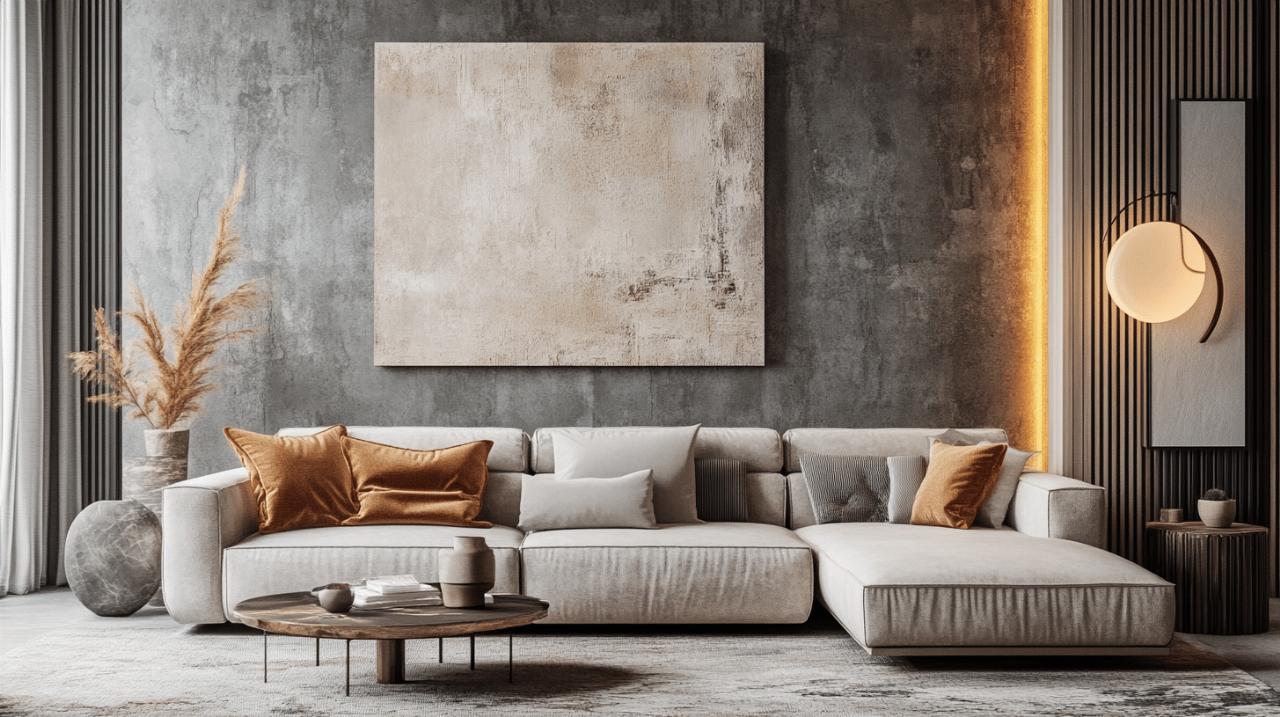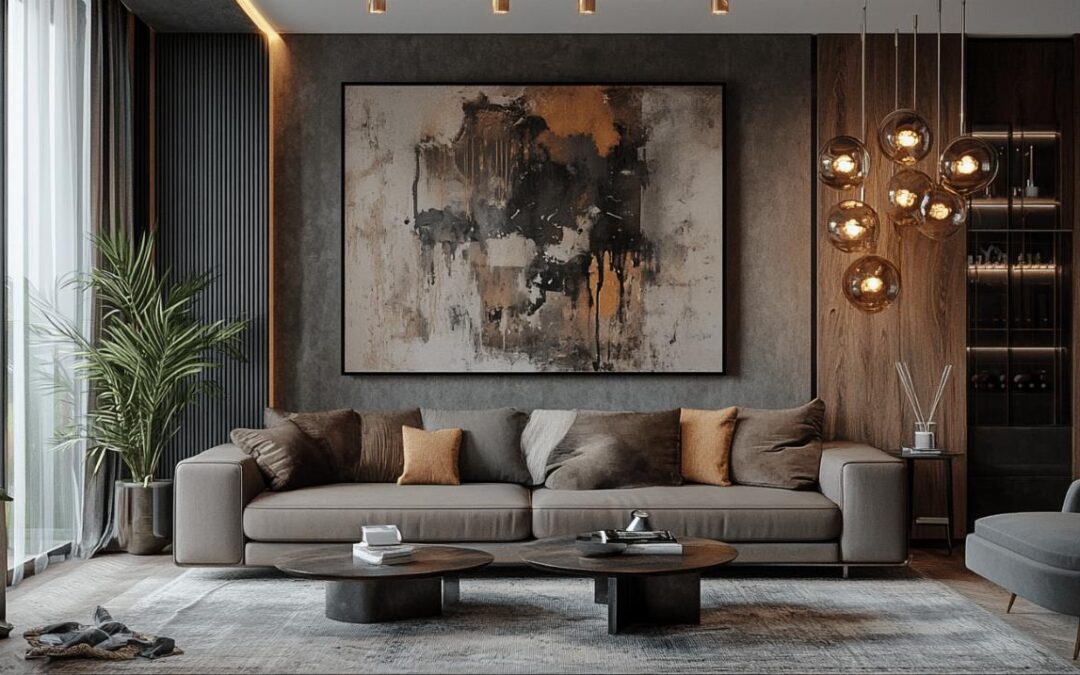Transforming your living space doesn't always require a complete overhaul or massive budget. With thoughtful planning and creative approaches, you can breathe new life into your home, creating an environment that reflects your personality while remaining functional and inviting. Today's interior design trends emphasize personalization, sustainability, and clever use of what you already have at hand.
Upcycling everyday objects
One of the most budget-friendly approaches to home decoration involves reimagining items you might otherwise discard. The beauty of upcycling lies in its dual purpose: reducing waste while creating unique décor elements that tell a story. Complementos de Decoracion – decorative accessories – don't need to be expensive purchases; they can be crafted from ordinary household items with a bit of creativity and effort.
Turning mundane items into focal points
Everyday objects can transform into conversation starters with a little imagination. Consider repurposing old wooden ladders as bookshelves or displaying vintage kitchenware as wall art. Empty wine bottles can become elegant candle holders or table lamps with simple modifications. According to recent interior design trends, 84% of home buyers prioritize natural light, so positioning these upcycled items near windows can showcase your creativity while maximizing the benefits of sunlight.
Mason jars, often relegated to kitchen storage, make excellent vessels for small plants or decorative lights. Old suitcases stacked together create unique side tables with built-in storage. Even something as simple as arranging books by colour to create a rainbow effect on your shelves has become a popular trend among book lovers, adding visual interest to your living space without costing a penny.
Repurposing vintage finds for modern spaces
Vintage items bring character and history into contemporary homes. Antique mirrors, for instance, can make small spaces appear larger while adding an elegant touch to your décor. Old wooden doors can be transformed into headboards or dining tables, becoming statement pieces that anchor a room's design scheme.
Flea markets and second-hand shops offer treasure troves of potential. An old trunk might become a coffee table, while vintage picture frames can create a gallery wall even without matching sizes or colours. The juxtaposition of old and new creates visual tension that makes spaces more interesting. Interior designers recommend embracing the character of your house rather than fighting against it, which often means incorporating elements that reflect its history or architectural style.
Colour psychology in interior design
 The colours we surround ourselves with significantly impact our mood and behaviour. Understanding colour psychology can help you create spaces that not only look beautiful but also feel right for their intended purpose. Strategic use of colour is one of the most cost-effective ways to transform a space dramatically.
The colours we surround ourselves with significantly impact our mood and behaviour. Understanding colour psychology can help you create spaces that not only look beautiful but also feel right for their intended purpose. Strategic use of colour is one of the most cost-effective ways to transform a space dramatically.
Selecting hues to evoke specific moods
Different colours evoke different emotional responses. Blue tones promote tranquillity and are excellent choices for bedrooms and bathrooms. Green represents harmony and balance, making it suitable for any room where you want to create a calming atmosphere. Yellow brings energy and optimism, perfect for kitchens and dining areas where activity and conversation flow.
When selecting colours, consider the room's natural light exposure. Design experts suggest using warm colours in north-facing rooms that receive less natural light, while cooler tones work well in south-facing spaces that get plenty of sunshine. This approach helps balance the room's natural temperature feel. For small living rooms, light colours can visually expand the space, creating an illusion of openness that makes the room feel more generous.
Creating cohesive colour schemes throughout your home
While each room can have its own personality, creating flow between spaces enhances the overall feeling of harmony in your home. Limiting your colour palette to a few key tones that reappear throughout different rooms helps achieve this cohesion. You might use variations in intensity or introduce complementary colours, but maintaining some consistent elements ties everything together.
An effective technique is to draw inspiration from deeper tones found in patterns or artwork you love. A colourful rug or painting can become the foundation for your entire room's colour scheme. For those working with limited budgets, focusing on a cohesive colour palette allows you to transform spaces dramatically with just paint and textiles, which are relatively inexpensive compared to furniture and major renovations.
Experimenting with layered textures within your chosen colour scheme adds depth and interest. Combining different materials – such as wood, metal, glass, and textiles – creates visual and tactile richness even within a limited colour range. This approach allows you to create sophisticated spaces that feel thoughtfully designed rather than hastily assembled. Window treatments like shutters, available in various styles from blackout to plantation, can further enhance your colour scheme while providing practical benefits for light control and privacy.

